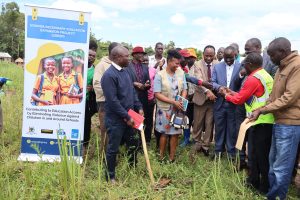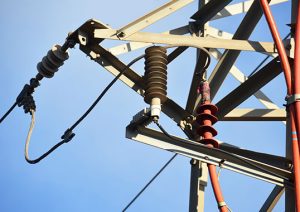
The Grassroots Hydraulics Revolution: Building Water Security from the Ground Up
Uganda, the “Pearl of Africa,” is often celebrated for its stunning landscapes, diverse cultures, and vibrant communities. But beneath the surface, a quiet revolution is taking place—a wave of engineering projects that are not only solving local problems but also showcasing a new generation of Ugandan ingenuity and innovation.
Title: The Village Engineers: How Local Ingenuity is Solving the Water Crisis with Earthen Dams and Solar Power
This isn’t your typical story of large-scale, foreign-funded infrastructure. This is a narrative woven with the threads of grassroots entrepreneurship, a deep understanding of local needs, and an unwavering spirit of “can-do.” These are the stories of young engineers and seasoned veterans who are building, designing, and creating solutions from the ground up, with whatever resources they have at hand.
The challenge in the drylands is not a lack of rain, but a lack of storage. Seasonal torrents disappear almost as quickly as they arrive, leaving communities and their essential livestock stranded for months. The imported, high-tech solutions often fail due to maintenance costs and complexity.
Enter the new wave of Rural Water Resilience Programs. These projects are spearheaded by local civil engineers who have mastered the art of earthen valley dam construction. They utilize local earthmoving equipment and geotechnical knowledge to precisely engineer large, durable water retention basins—sometimes holding over 20,000 m3 of water.
The true ingenuity lies in the integration:
- Sustainable Draw-Off: The water isn’t just a pond; it’s a regulated system. Engineers install simple, yet robust solar-powered borehole pumps near the dam to draw groundwater or filter stored water, delivering it to community standpipes and separate, clean troughs for cattle.
- Siltation Control: Local designs now prioritize natural check dams and simple civil structures in the catchment area to filter out silt, significantly extending the lifespan of these vital reservoirs.
- Multipurpose Use: These are not just for drinking; they are Water for Production (WfP) hubs. The water sustains dry-season vegetable gardens and small livestock ventures, turning a relief solution into an economic engine, built, managed, and maintained by the community members themselves.
It is a testament to the local engineering mindset: adapting global best practices to local soil types, climate patterns, and, most importantly, community affordability.







